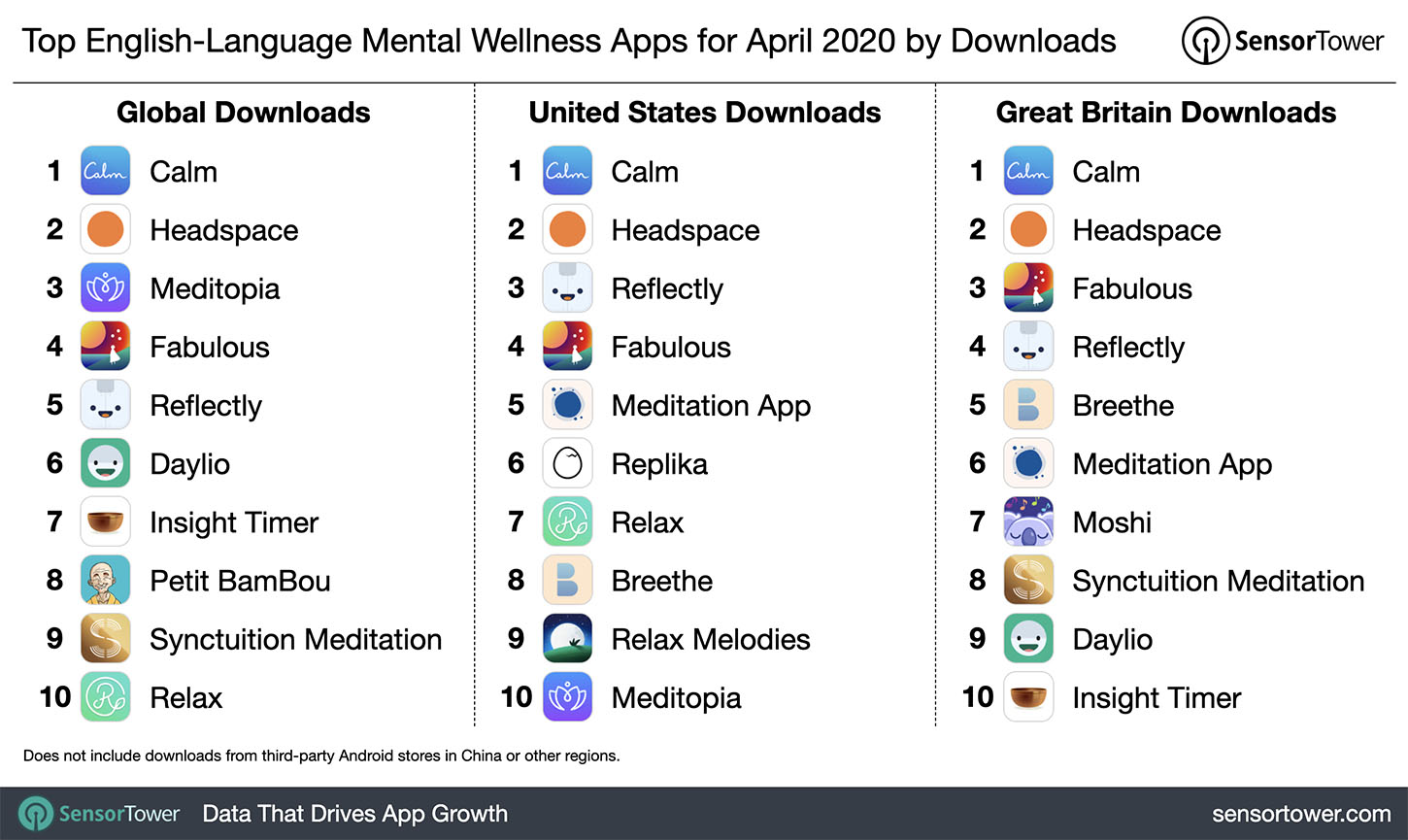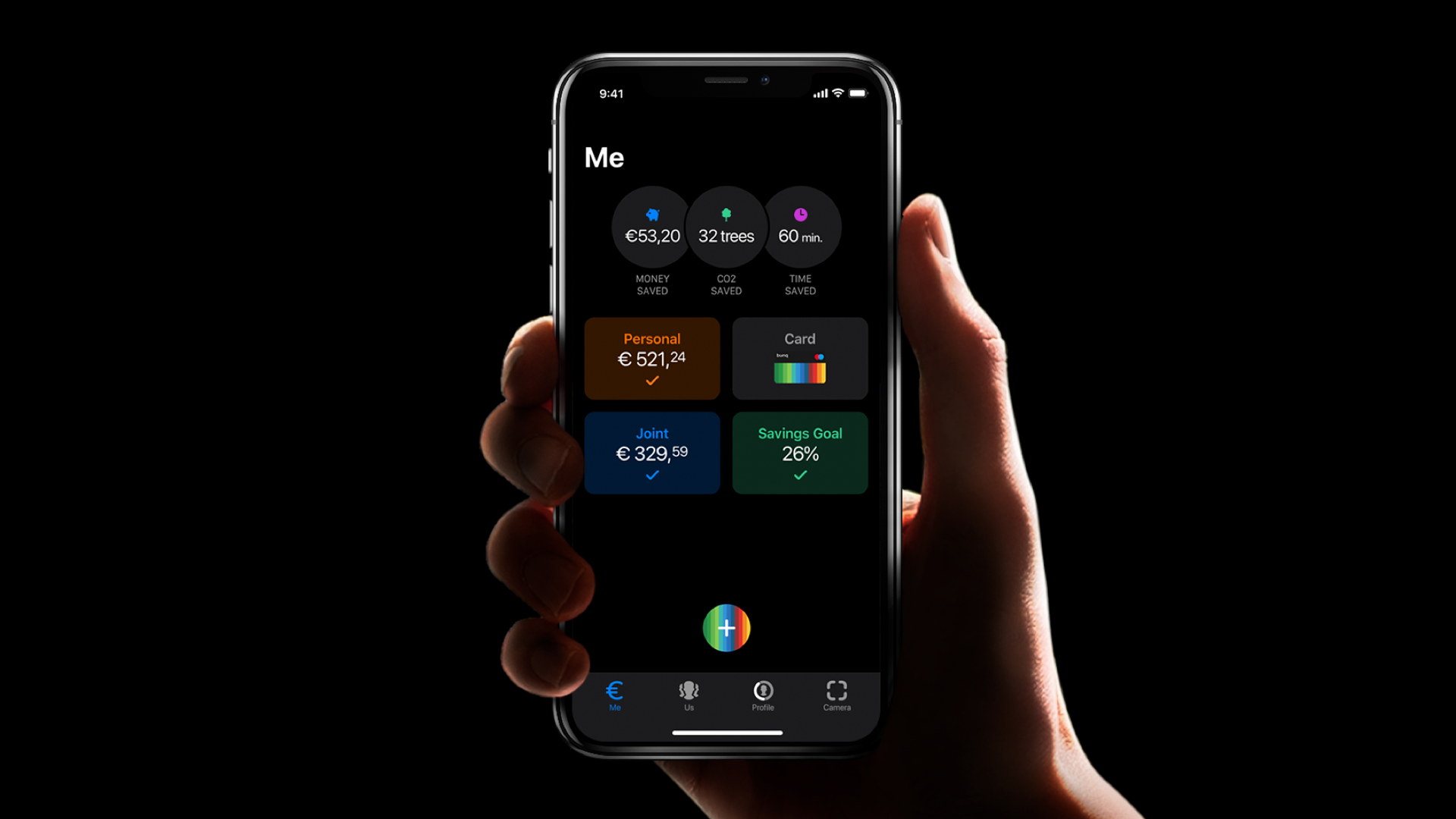
People are innately social beings. We crave connection and interaction – specifically with other humans. Ten times out of ten, a customer is going to choose to interact with a person over a cold, corporate entity. This puts brands at a distinct disadvantage, but it doesn’t necessarily knock you out of the game.
The most successful brands – the Coca Colas, Apples, and Nikes of the world – don’t allow this inhibiting factor to prevent them from engaging with consumers. Instead of fighting an uphill battle to reset the way people think and interact, they work with the natural tendencies of the human brain. They humanize their brands in ways that make their marketing more relatable and magnetic – and you can, too.
7 Tips to Humanize Your Brand
To humanize your brand is to make your brand feel like a friend that your customers have known for years. It’s not about predictability, but rather familiarity. Your goal is to be relatable and magnetic, consistent and honest, reliable and warm.
Here are some ways you can humanize your brand online and win big:
1. Be True to Yourself
“For many brands, being human is a projection rather than a practice. However, sounding human is different from being human,” GetCraft points out. “Brand humanization is not a simple task that can be enacted merely by social media managers. It should spread inherently from one’s company culture.”
The notion that you should be true to yourself sounds cliché and cheesy, but it’s absolutely essential. We’re not talking about being true to yourself in the sense that you “chase your dreams.” We’re talking about authenticity and consistency.
Your branding should be consistent with who your company really is. If your company is full of quirky individuals who like to have a good time, your branding should be creative and spontaneous. If your company is very professional and pensive, your branding should reflect these behaviors.
When you’re true to your brand, your marketing comes much more naturally. You don’t have to worry about filtering, censoring, or tweaking how you say something. It naturally flows out of what you’re already doing. (And people notice this!)
2. Educate, Don’t Sell
Think about the last time a friend recommended a product to you – a product that you eventually went out and bought. Whether it was a book, a car, or a new restaurant, it’s highly unlikely that your friend came in and delivered a buttoned-up sales pitch. Instead, he made you aware of why he liked the product so much and why you needed it.
Think of your online audience as a group of your friends. Don’t deliver an infomercial. Instead, focus on educating them. Highlight their problems, acknowledge the friction they’re dealing with, and gently mention how your products address these issues.
When discussing your products, focus on solutions, not features. In other words, don’t sell your audience on the fact that your flashlight has twice the lumens as the closest competitor. Instead, help them understand why a brighter flashlight is better and what solution your model offers (in this case, increased visibility and safety).
3. Go Behind the Scenes
People love to see what goes on behind the scenes. It’s why film outtakes, documentaries, backstage tours, and biographies are so popular. Any opportunity you have to take your audience behind the scenes will do wonders for your brand.
Facebook Live is one of the best options. Something as simple as pictures from a company picnic or a blog post about how the idea for the latest product came about can work, too.
4. Leverage Visual Content
Nothing against written copy, but it doesn’t come anywhere close to matching the value of visual content. Sight is one of the strongest human senses. In order to truly connect with people, your brand needs to leverage as much visual content as possible. This includes:
- Professional quality video content production can help you build your audience and convey meaningful ideas in a way that a traditional blog post simply cannot. Consider using video to showcase your employees and tell your company’s story.
- Humor is important; you just have to know when and where to use it. Memes can be super effective. (Make sure they’re relevant and appropriate to your brand. Otherwise, they’ll create confusion for your audience.)
- Original photos. Your customers want to see the people behind the logo. Make sure your Instagram feed is filled with more than product pictures and graphics. Toss in the occasional picture of team members for humanization.
5. Stay Consistent
People occasionally act out of character, but for the most part, people tend to behave in ways that are consistent with their personalities. The same should be true of your brand.
The best way to keep your brand voice consistent is to establish and maintain a brand style guide. Any time a new employee is brought on, they should be required to read this style guide from front to back (regardless of whether they produce content or work in a customer-facing position).
6. Engage Back and Forth
A human-to-human relationship is a two-way street. If one person suddenly stops interacting, the relationship ceases to exist. The same is true with a brand.
It’s important to engage back and forth. Make sure you’re asking questions, answering questions, sharing ideas, and listening. Social media is the perfect environment for this, but you can also engage via blog comment sections, forums and message boards, email, and even podcasts.
7. Work With Influencers
It’s hard to be everywhere at once, even if you have a large marketing team at your disposal. One way to ease some of this pressure and still maximize engagement is to partner with social media influencers.
Influencers should be chosen very carefully (and monitored on an ongoing basis). You want people who reflect your brand values and understand your objectives. They’re free to be themselves, but you need to ensure their true selves align with your brand’s identity at the core. Too much inconsistency will create problems for your brand.
Give Your Brand a Winning Edge
There are a lot of good brands out there, but very few take the time to humanize their approach in a way that maximizes engagement and produces healthy, long-term relationships with customers. However, you can be the exception.
As you can see, humanizing your brand just means cutting through all of the cold, corporate jargon and showing the marketplace who you really are, what you believe, where your passion lies, and how you can help move people from where they are to where they want to be. Do these things well and you’ll beat the competition with consistency and predictability.
CHECK OUT:
This article, "7 Ways You Can Humanize Your Brand and Win Big" was first published on Small Business Trends












